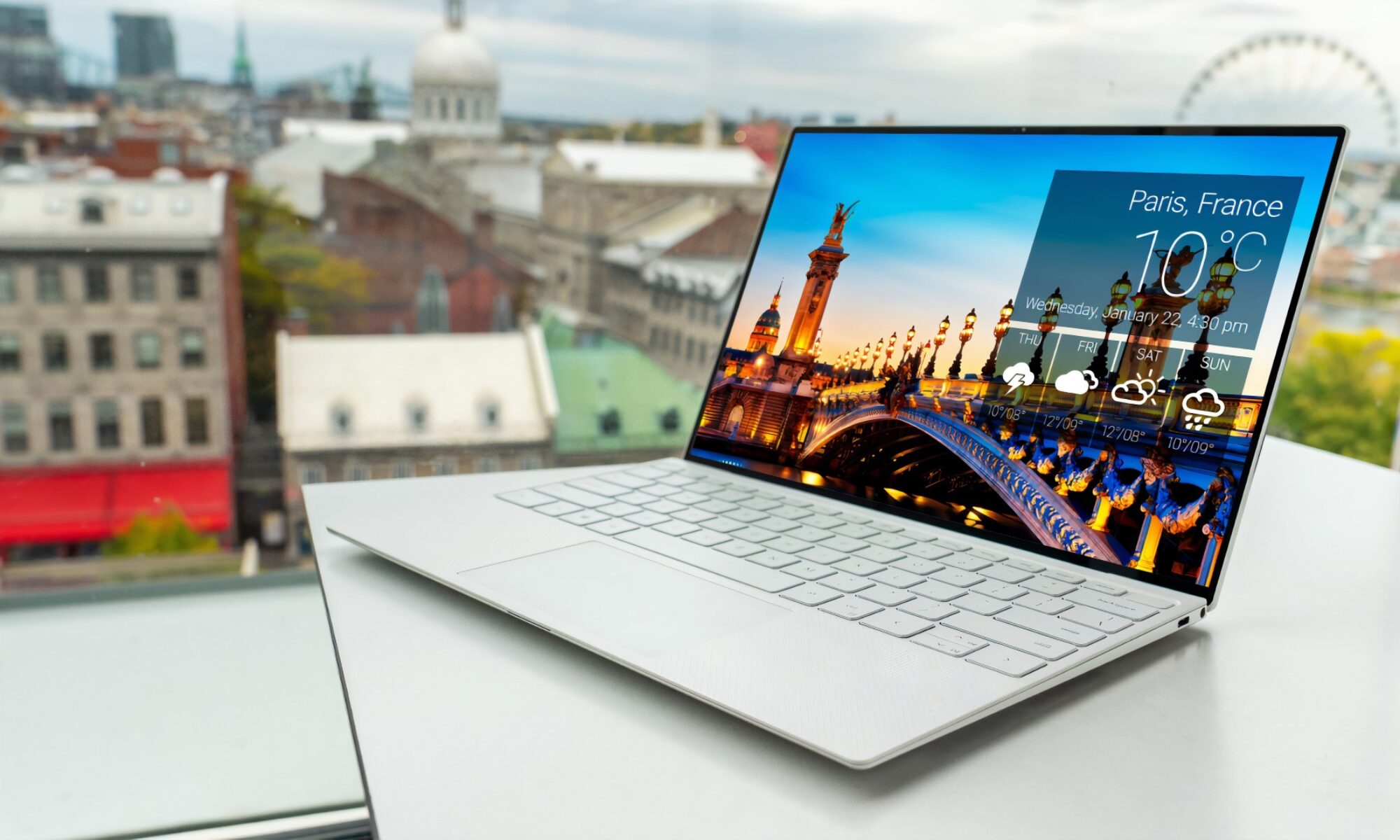Responsive web design (RWD) puts into consideration user behavior as well as an environment based on screen dimensions, console and orientation. The approach carves out websites to offer a maximum viewing and interactive experience characterized by effortless scrolling and navigation. There is no need for resizing, scrolling or panning across a broad scope of devices like PCs and mobile phones. A site incorporating RWD design fine-tunes viewing environment with fluid, grids, versatile images and CSS3 media-based queries. This simply means a website should integrate technology for automated response in tandem with a visitor’s preferences.
Images used can be adapted automatically while things like workarounds bolster layouts and forestall breaking. This is ideal for portrait orientation in gadgets morphing into landscape platforms instantly or where users shift from large PC display to iPad. There are various approaches to resize images and avoid a gulch design, for instance shrinking image proportionately to curtail space wastage on small devices. Click here to learn on RWD used in ubiquitous browsers like Opera, mobile devices, and Safari.
For excessive size adjustments, the layout can be changed through a discrete style sheet and CSS media queries for better results. This process is simpler than it seems, as a layout structure may remain intact. Visit this site to get an ideal custom layout structure, you can import precise style sheets coupled with switch elements such as heights, floats and widths.
Another way to revamp your web page with responsive web design is by way of CSS3 media queries. This is an easy-to-navigate layout harkening back to Silicon Valley’s ingenuity. There are many options to explore, read more on min-width and JaVaScript where CSS3 media queries are inappropriate. Go online to pore over ways in which you can show or hide content. It is possible to shrink contents proportionally while arranging elements and make every piece compatible when a screen becomes smaller. There are plentiful templates of responsive web design works with variations in architecture and style.
